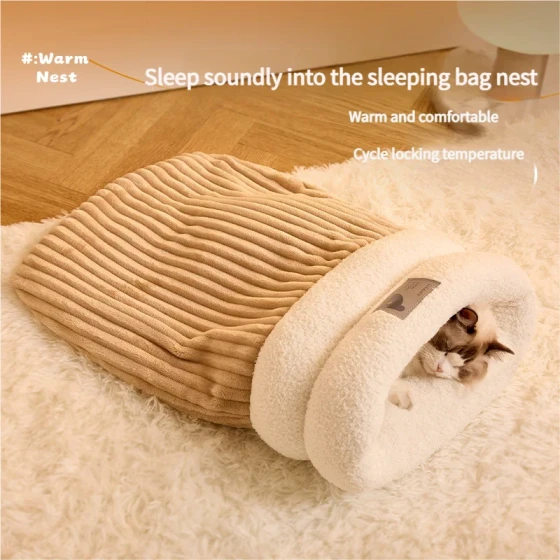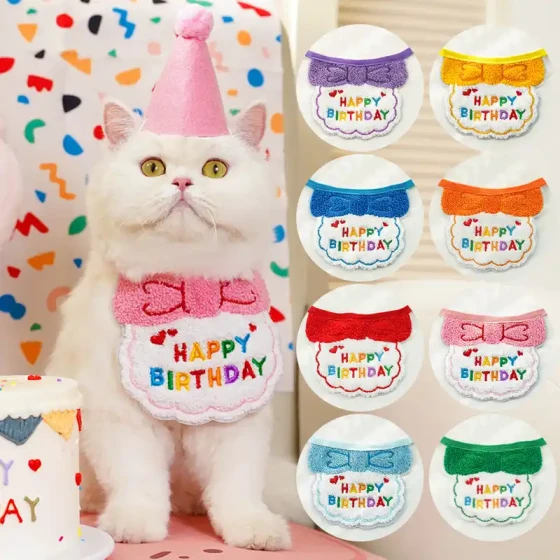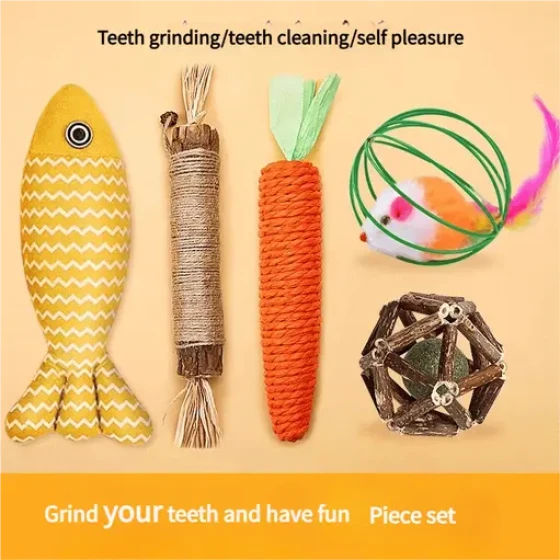How to Care for a Female Cat After Spaying_Detailed Explanation of Postoperative Care Points and Precautions
Spaying a female cat is an important step to ensure her health and well-being. Careful postoperative nursing is crucial for the cat's rapid recovery. Similar to humans' "postpartum confinement," it requires attentive care from the owner. Generally, the pain from a female cat’s spaying surgery will significantly lessen within 24 hours. Most cats can resume normal activities in 2-3 days after surgery, while the wound usually fully heals in about 7-10 days. Absorbable sutures may take 3-4 weeks or even longer to dissolve. Subcutaneous scar tissue may take 15-30 days to fully recover.
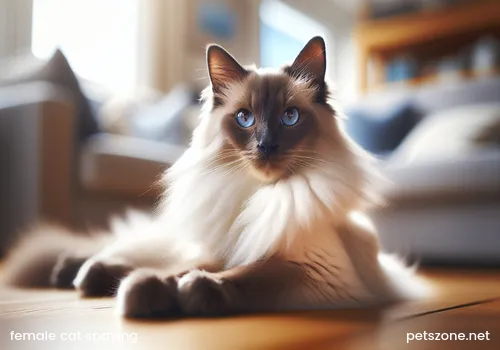
Detailed Explanation of Key Points and Precautions for Postoperative Care of Female Cat Spaying
Spaying surgery, medically called ovariohysterectomy, is the removal of the female cat’s ovaries and uterus. This surgery effectively prevents diseases related to the uterus, ovaries, and mammary glands, reduces the risk of disappearance, and improves some behavioral issues such as yowling and inappropriate urination during heat. Although the surgery itself is relatively common and low risk, postoperative care directly affects the cat's recovery speed and health condition.
1. Careful Attention in the Early Postoperative Period (Day of Surgery to First Day After Surgery)
- Quiet and Comfortable Environment: The cat may seem confused, unsteady, or even irritable and aggressive after returning home due to incomplete anesthesia recovery. Prepare a quiet, warm, dry, and dimly lit separate space, avoiding disturbances from other pets or children, so the cat can rest peacefully. You can lay soft blankets or cushions to let her lie flat and keep breathing smooth.
- Monitor Mental State and Temperature: Closely observe the cat's mental state, breathing, and temperature. The body temperature may drop after surgery, so keep her warm. If the cat remains lethargic for over 24 hours or shows abnormal breathing (rapid, irregular, cyanosis, etc.), contact a veterinarian promptly.
- Diet and Water Intake: Follow veterinarian instructions; typically fasting and withholding water is required for a period (usually no water for 2 hours, no food for 4-6 hours post-surgery) to prevent vomiting or aspiration. The first feeding should be a small amount of easily digestible liquid or wet food. If no adverse reactions occur, progressively return to normal diet. Encourage water intake; if unwilling, syringe-feed small amounts of warm water or glucose water. Appetite loss for 1-2 days post-surgery is normal.
- Prevent Licking the Wound: Wearing an Elizabethan collar or surgical suit is key to stopping the cat from licking or biting the wound, effectively preventing infection and rupture. Although the cat may dislike or try to remove it, for her health, it must be worn until the wound heals or stitches are removed.
2. Wound Care and Activity Restrictions (Several Days Post-surgery Until Stitch Removal)
- Check the Wound: Inspect the wound at least once daily to observe any redness, swelling, discharge, bleeding, or rupture. Mild redness or subcutaneous lumps may be normal and usually resolve on their own. However, if symptoms worsen or pus appears, contact a veterinarian immediately.
- Keep the Wound Dry and Clean: Keep the wound dry, avoiding water contact. Do not bathe the cat for at least 10-14 days post-surgery. If the wound area is dirty, gently wipe around it with a clean cloth dipped in a small amount of soap-free water, but do not wet the wound itself.
- Medication as Prescribed: The veterinarian may prescribe painkillers and anti-inflammatory medicines. Administer on time and in the correct dosage to help reduce pain and prevent infection. If the cat is in severe pain affecting eating or resting, consult the vet about the possibility of pain injections.
- Limit Activity: Restrict strenuous activity like running, jumping, or climbing for 7-14 days post-surgery to avoid wound rupture or bleeding. Guide the cat to move slowly within the room for light exercise. If possible, keep her in a cage or separate room to control her activity range.
- Litter Choice: Use dust-free or low-dust litter such as tofu litter, shredded paper, or newspaper for some time post-surgery to prevent litter from entering the wound and causing infection.
3. Nutritional Supplementation and Long-term Care
- Supplement Nutrition: The cat’s body is weak after surgery and requires sufficient nutrition to promote recovery. Choose high-protein, easily digestible foods such as post-surgical special diet recommended by veterinarians, nutritional pastes, or high-quality canned food. Avoid sudden changes in cat food to prevent gastrointestinal upset.
- Prevent Obesity: The cat’s metabolism may slow and appetite increase after spaying, making obesity likely. Control feeding amounts, select low-fat food, and encourage moderate exercise to maintain healthy weight.
- Pay Attention to Calcium Supplementation: Female hormones aid calcium absorption. Spayed female cats may be more prone to calcium deficiency due to estrogen lack, especially older cats. Consult the veterinarian about appropriate calcium supplements.
- Emotional Comfort: Surgery and recovery may cause anxiety and stress. Owners should offer enough companionship and care to soothe her emotions. Do not force her to do disliked things, and let her recover at her own pace.
4. Abnormal Situations and Follow-up
- Seek Medical Attention Promptly: If the cat experiences persistent vomiting, diarrhea, not eating or drinking for more than 24 hours, difficulty breathing, persistent abnormal temperature, severe wound swelling, heavy bleeding, or rupture, immediately contact a vet or visit a pet hospital. These may indicate postoperative complications needing urgent care.
- Stitch Removal and Follow-up: If non-absorbable sutures are used, typically remove stitches at the hospital 7-10 days post-surgery. The process is quick and most cats tolerate it well. Cats with absorbable sutures usually do not require stitch removal. Follow veterinarian instructions for timely postoperative check-ups to ensure smooth recovery.
Frequently Asked Questions
- How soon can a female cat be bathed after spaying? Bathing is not recommended within 10-14 days after surgery. It is best to wait until the wound completely heals and stitches (or absorbable sutures) dissolve, approximately 2 weeks to 1 month post-surgery.
- Why does a female cat need to wear a surgical suit or Elizabethan collar after spaying? This prevents the cat from licking or scratching the wound, avoiding infection, rupture, or suture loss.
- What to do if a female cat loses appetite after spaying? Appetite loss for 1-2 days post-surgery is normal. Offer some easily digestible favorite foods like wet food or nutritional pastes to entice eating. If no appetite returns after 3 days or vomiting occurs, seek veterinary care promptly.
- Is it normal if the wound is a bit swollen after spaying? Mild redness and subcutaneous lumps are normal responses to internal sutures and usually resolve within weeks. However, if swelling becomes severe with pain, fever, or discharge, contact a vet immediately.
- Can a female cat still go into heat after spaying? Normally, ovariohysterectomy removes ovaries, so the cat should no longer go into heat. Rarely, residual ovarian tissue may cause signs of heat, requiring further examination.
In summary, spaying is a crucial part of ensuring a female cat’s long-term health. Responsible cat owners should understand and properly perform postoperative care, provide a safe and comfortable recovery environment, patiently accompany the cat, and promptly identify and handle abnormal situations to help her pass the recovery period smoothly and continue to enjoy a healthy and happy life.
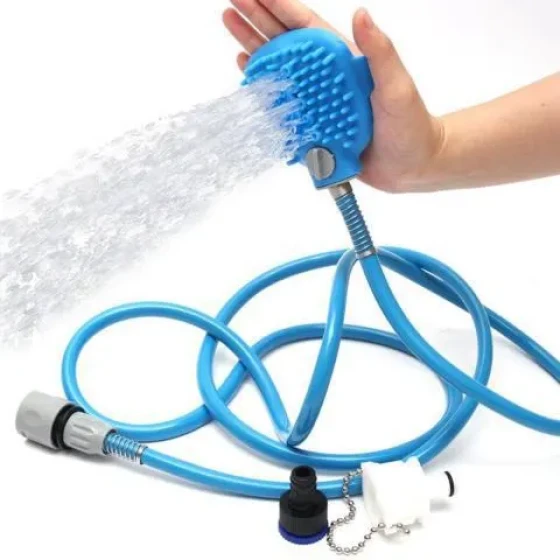
-560x560.webp)

